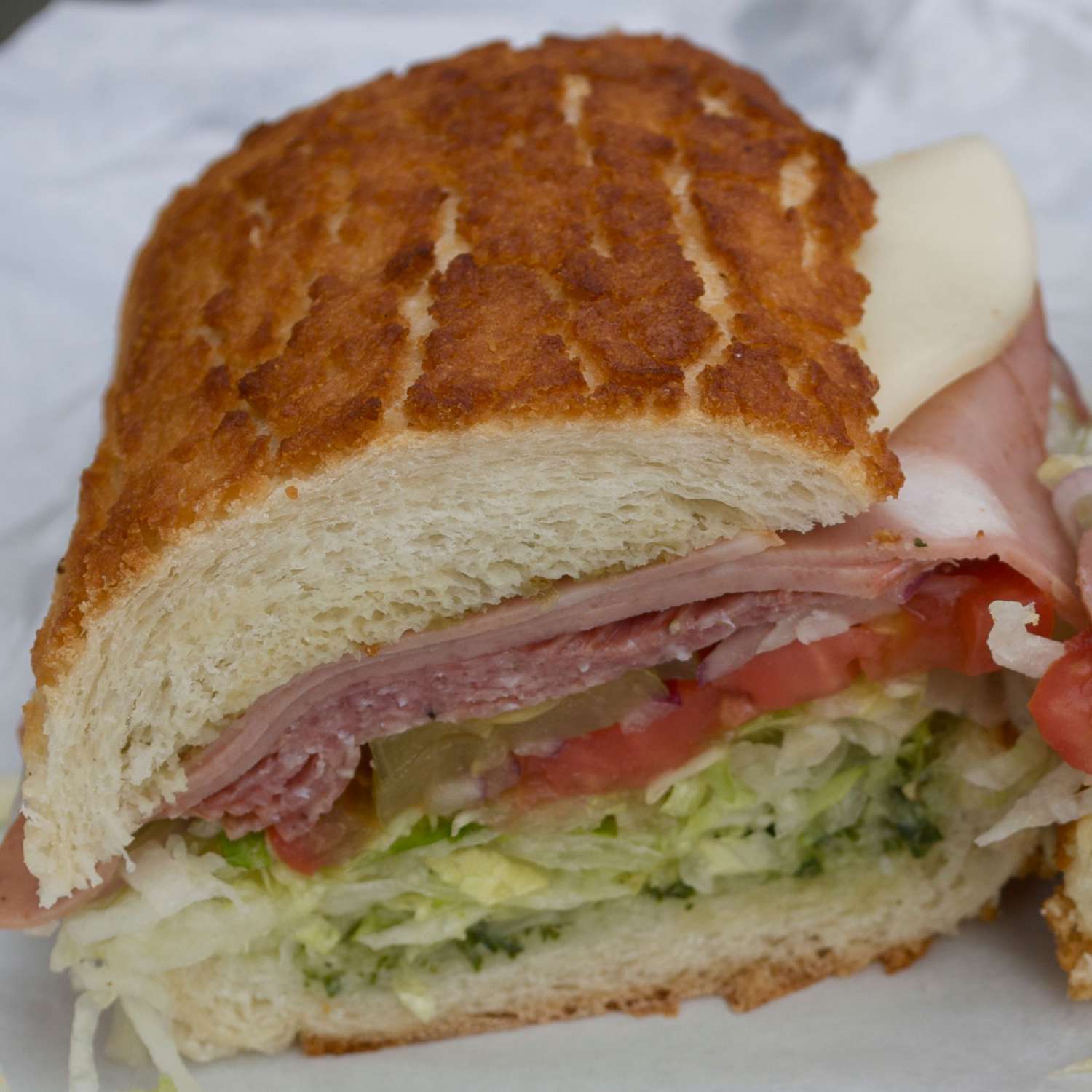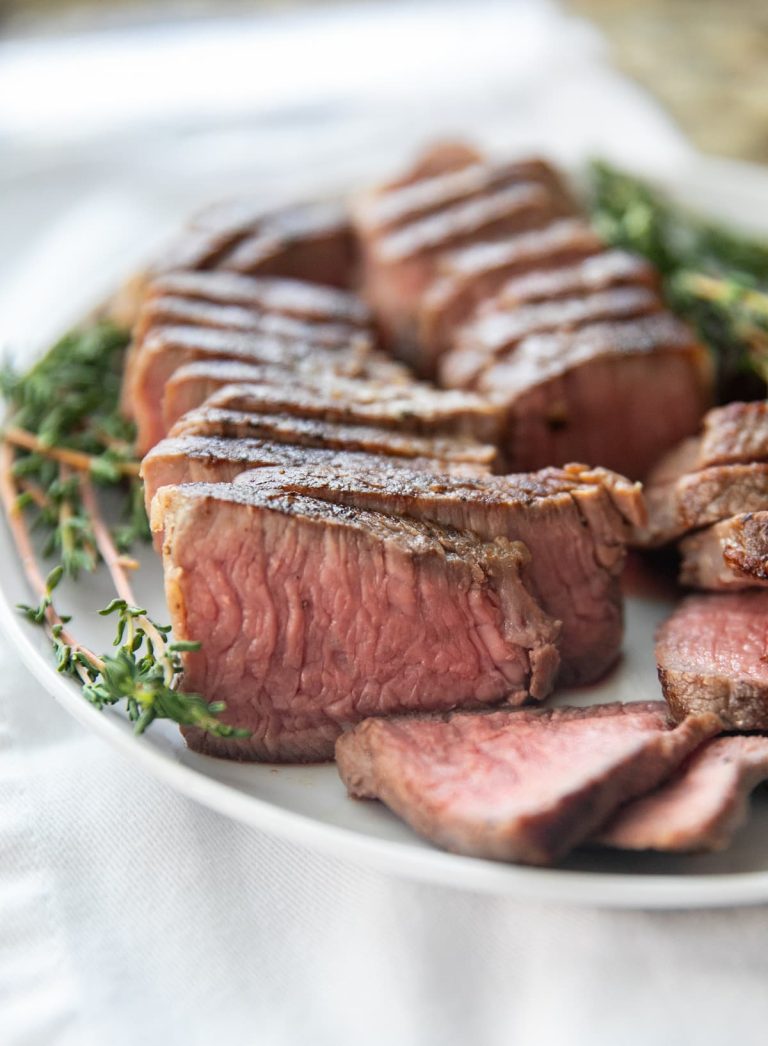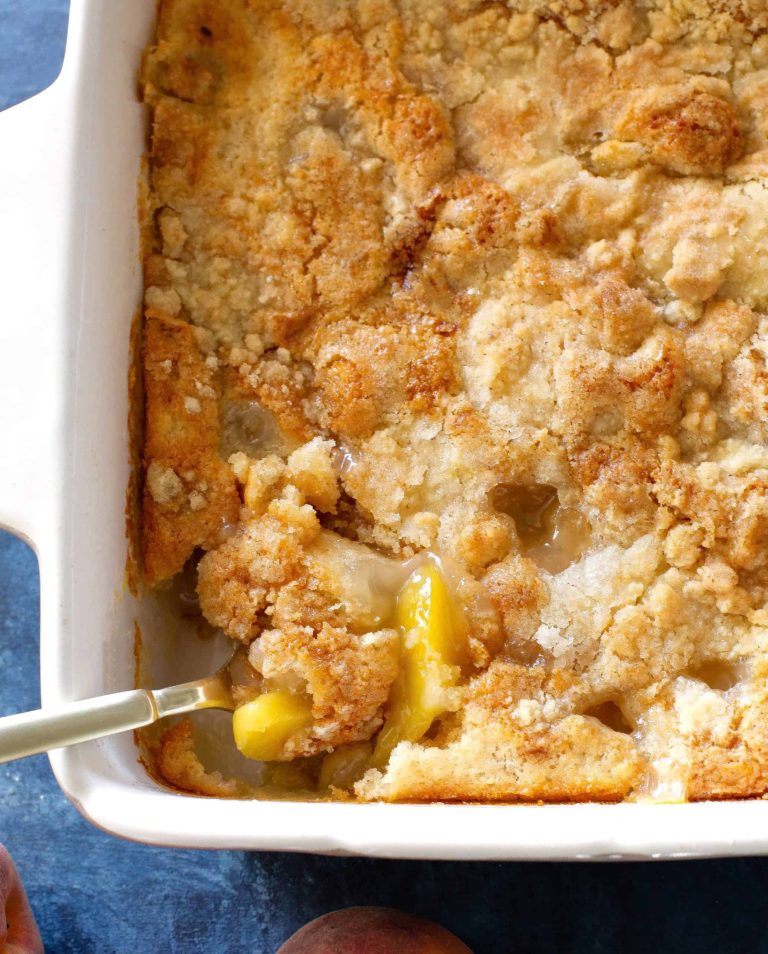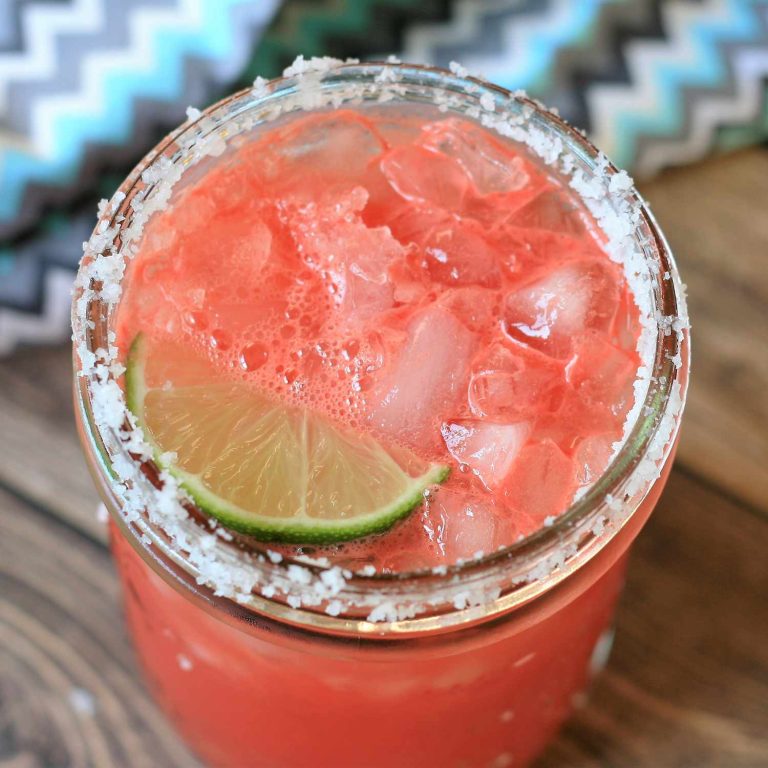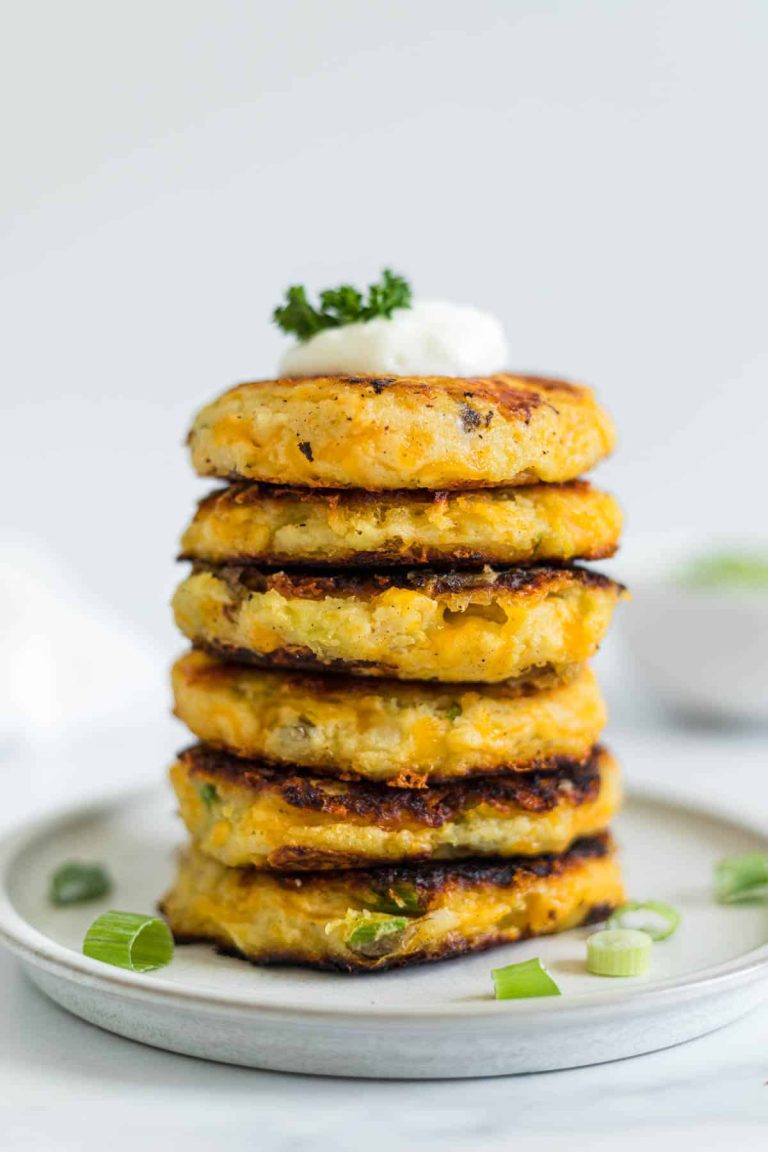Tiger Bread Dutch Crunch Rolls: History, Recipe, and Health Benefits
Tiger Bread, also known as Dutch Crunch, originated in the Netherlands. Bakers in the early 20th century developed a unique topping using rice flour paste. This paste, applied before baking, creates the signature crust resembling a tiger’s pattern. The name “Dutch Crunch” directly reflects the bread’s crunchy texture after baking. Although it’s called Tiger Bread in Europe, it’s often referred to as Dutch Crunch in the United States.
Popularity in Various Countries
Tiger Bread Dutch Crunch Rolls gained international popularity over the years. In the Netherlands, you find these rolls in bakeries and grocery stores, often used for sandwiches. In the United States, many West Coast bakeries feature Dutch Crunch prominently, particularly in San Francisco. Delis and sandwich shops prefer this bread for its unique texture. Meanwhile, in the UK, supermarkets and artisanal bakeries offer Tiger Bread due to rising consumer demand. Even in other parts of Europe, you see a growing appreciation for this distinctive bread, making it a favorite choice for various culinary uses.
Key Ingredients and Baking Techniques
Understanding the Crunchy Topping
The signature of Tiger Bread Dutch Crunch Rolls is the unique topping. A rice flour paste creates this crunchy texture. When baked, the paste cracks and forms a distinct pattern.
- Rice Flour: This ingredient ensures a different texture than regular wheat flour. Its higher water absorption creates the crackled surface.
- Yeast: Activates during baking, causing the topping to expand and crack.
- Sugar: A small amount adds sweetness and helps the yeast activate.
- Oil: Adds moisture to keep the paste spreadable.
Applying the paste before baking ensures it bonds with the dough as it rises. This method results in the signature crunch.
Essential Ingredients for the Perfect Roll
Creating impeccable Tiger Bread requires high-quality ingredients.
- Bread Flour: Provides the structure and chewiness essential for rolls.
- Yeast: Leavening agent that makes the dough rise.
- Milk: Adds richness and softens the crumb.
- Salt: Enhances flavor and controls yeast activity.
- Butter: Adds flavor and tenderness.
Combine these ingredients to form a smooth dough. Allowing the dough to rise twice, once after mixing and again after shaping, ensures optimal texture and flavor. Applying the rice flour paste before the second rise maximizes the crackling effect.
By focusing on these essential ingredients and techniques, you can achieve the perfect Tiger Bread Dutch Crunch Roll with its characteristic crunch and flavor.
How to Make Tiger Bread Dutch Crunch Rolls at Home
Step-by-Step Recipe
Creating Tiger Bread Dutch Crunch Rolls involves several specific steps to achieve the signature crunch and flavor. Gather your ingredients: bread flour, yeast, sugar, salt, milk, butter, and for the topping, rice flour, water, sugar, yeast, and oil.
- Activate Yeast: Mix warm milk with sugar and yeast, letting it sit for 10 minutes until frothy.
- Prepare Dough: Combine bread flour, salt, and softened butter. Pour in the yeast mixture, creating a dough. Knead until smooth, about 10 minutes.
- First Rise: Place the dough in a greased bowl. Cover and let it rise for 1 hour or until doubled in size.
- Shape Rolls: Divide the dough into uniform pieces, rolling each into a ball. Place on a baking sheet.
- Second Rise: Cover the rolls with a damp cloth and let them rise for an additional 30 minutes.
- Prepare Topping: Mix rice flour, water, sugar, yeast, and oil. Let it sit until it thickens.
- Apply Topping: Brush the thickened rice flour paste onto the risen rolls.
- Bake: Preheat your oven to 375°F (190°C). Bake the rolls for 25-30 minutes, or until golden and crackled.
Common Mistakes and Tips
Several common mistakes can affect the quality of your Tiger Bread Dutch Crunch Rolls.
- Incorrect Topping Consistency: The rice flour paste should be thick but spreadable. If too runny, it won’t create the crackled effect. Adjust components as necessary.
- Underproofing or Overproofing Dough: Letting the dough rise for the right amount of time is crucial. Underproofed dough will result in dense rolls, while overproofed dough may collapse.
- Improper Oven Temperature: Ensure your oven is at 375°F (190°C) before baking. If the temperature is wrong, the rolls won’t bake evenly.
- Neglecting to Knead Properly: Knead the dough until it’s smooth and elastic. Insufficient kneading leads to rolls with poor texture.
By following these steps and avoiding common mistakes, you can master the art of making Tiger Bread Dutch Crunch Rolls at home.
Serving and Pairing Ideas
Best Foods to Pair With Dutch Crunch Rolls
Tiger Bread Dutch Crunch Rolls can enhance numerous meals with their unique texture and flavor. Pair these rolls with:
- Soups: Offer a satisfying contrast when served with creamy soups like tomato bisque or clam chowder.
- Salads: Complement fresh salads, especially when loaded with hearty ingredients like grilled chicken or avocado.
- Sandwiches: Work well for deli-meat sandwiches or vegetarian options filled with hummus and roasted veggies.
- Breakfast: Elevate breakfast dishes by pairing with scrambled eggs or as a base for avocado toast.
- Cheese Platters: Serve alongside a variety of cheeses like brie or gouda for an added crunch.
- Mini Sliders: Use smaller rolls for sliders, filled with pulled pork or mini burgers.
- Bread Bowls: Hollow out the center to create mini bread bowls for soups or dips.
- Party Bites: Cut into small pieces and serve with a selection of dips like spinach artichoke or buffalo chicken.
- Bruschetta: Use slices as a base for bruschetta topped with tomatoes, basil, and mozzarella.
- French Toast: Convert leftover rolls into French toast for a delightful twist on a classic breakfast dish.
Health and Nutritional Aspects
Caloric Content
Tiger Bread Dutch Crunch Rolls, like most bread types, contain a moderate amount of calories. A 50-gram roll usually has around 130 calories. This comprises carbohydrates, proteins, and fats. The crackled crust, made from rice flour paste, doesn’t significantly add to the caloric content. If you’re monitoring your caloric intake, it’s essential to consider portion sizes. Pairing these rolls with vegetables or lean proteins can balance the meal nutritionally.
Is Tiger Bread Suitable for Special Diets?
Tiger Bread may align with particular dietary preferences but is not suitable for all special diets. The standard recipe may contain gluten, making it inappropriate for gluten-free diets. However, versions made with gluten-free ingredients are available. For low-carb diets, conventional Tiger Bread is typically inappropriate due to its high carbohydrate content. If you follow a vegan diet, ensure no dairy or animal products are included in the recipe. Customizing the recipe to replace butter or milk can adapt it for vegan consumption. Dietary modifications allow broader enjoyment while maintaining health considerations.
Conclusion
Tiger Bread Dutch Crunch Rolls offer a delightful blend of texture and flavor that’s hard to resist. By mastering the key ingredients and techniques, you can easily recreate this bakery favorite at home. Paying attention to portion sizes and pairing these rolls with nutritious options ensures you enjoy them without compromising your health goals.
Whether you’re adhering to a special diet or simply looking to try something new, customizing the recipe makes it versatile and inclusive. Embrace the joy of baking and savor the unique crunch that only Tiger Bread can deliver.
